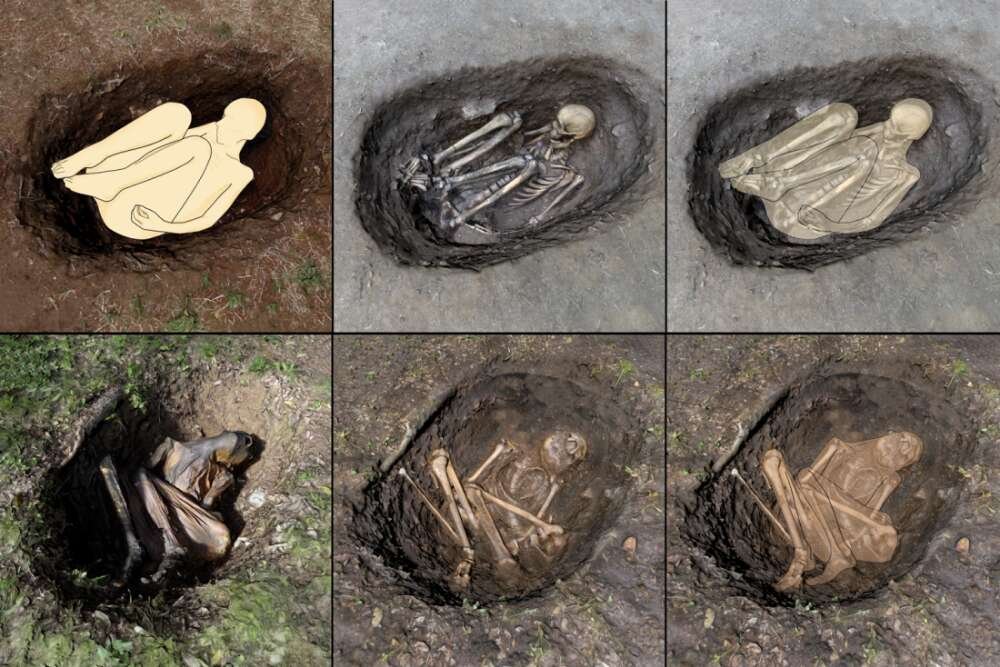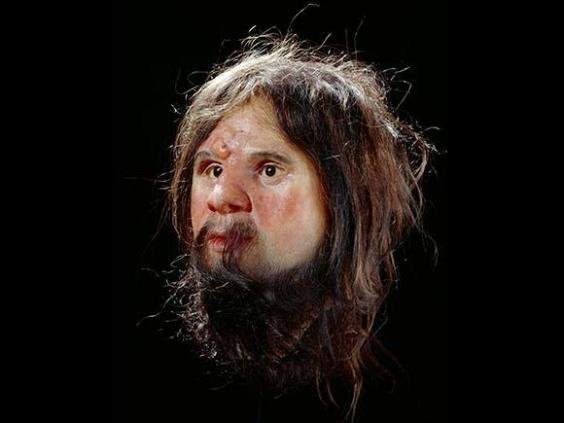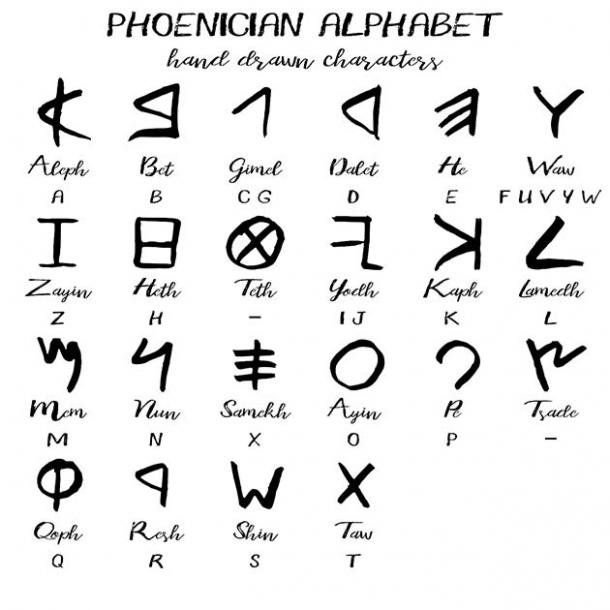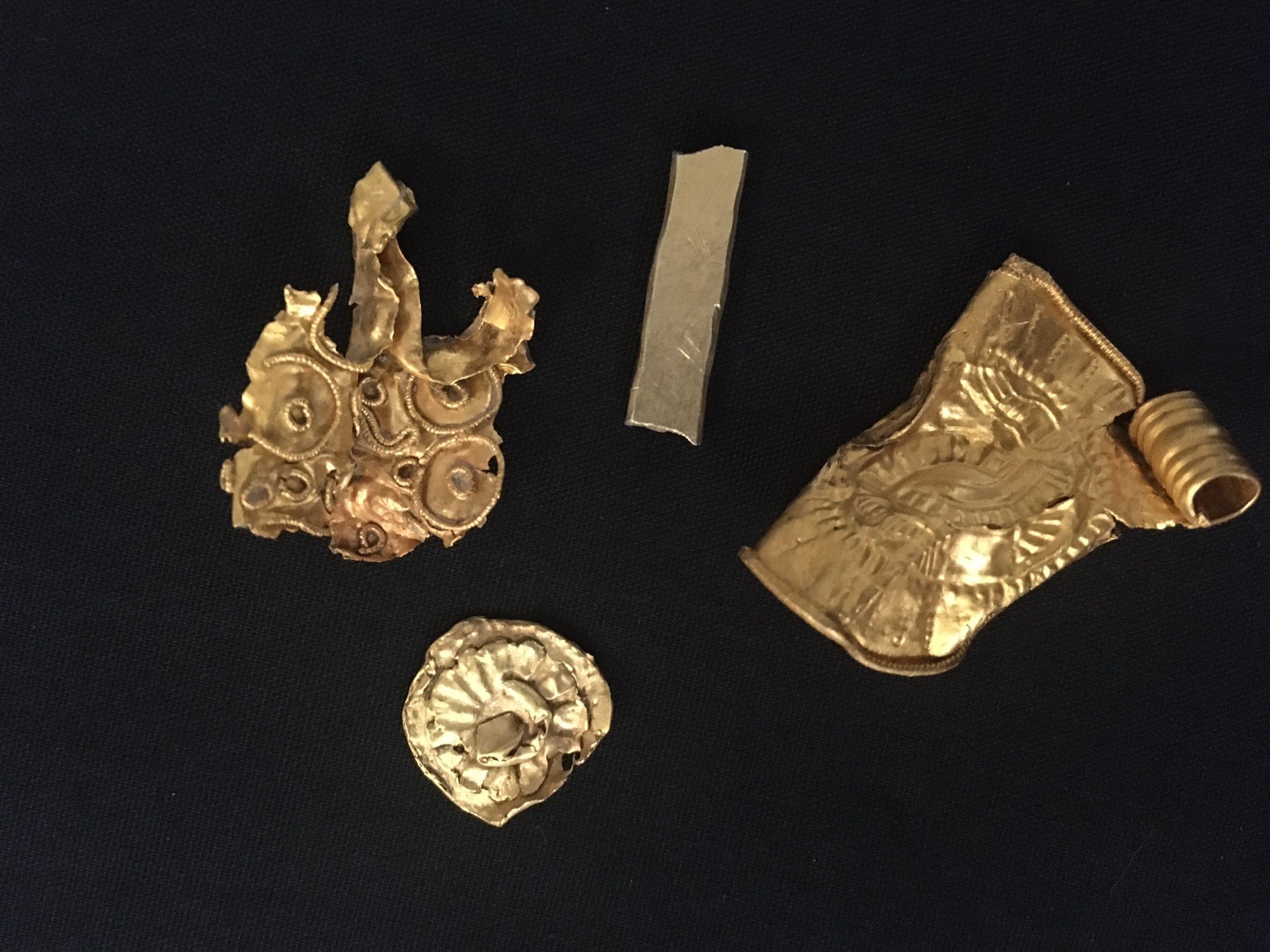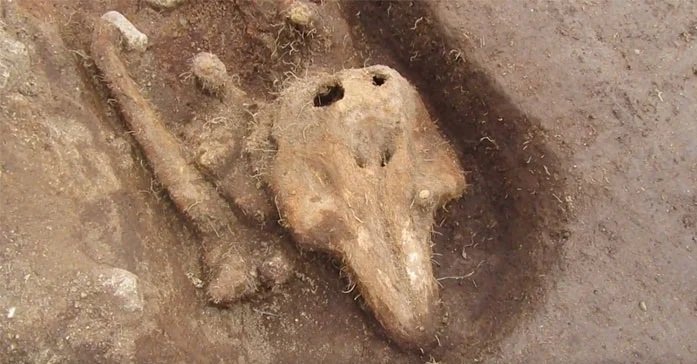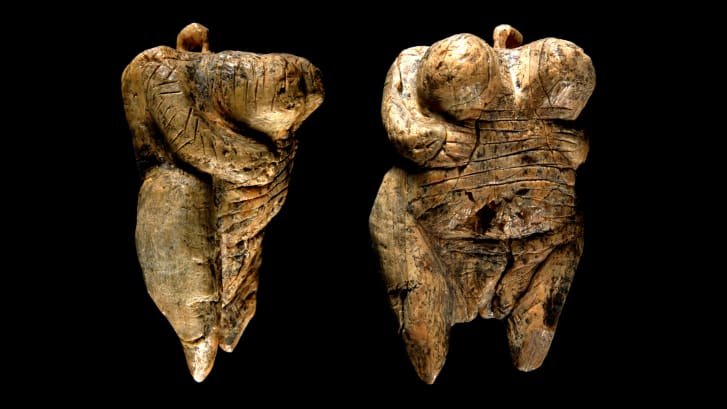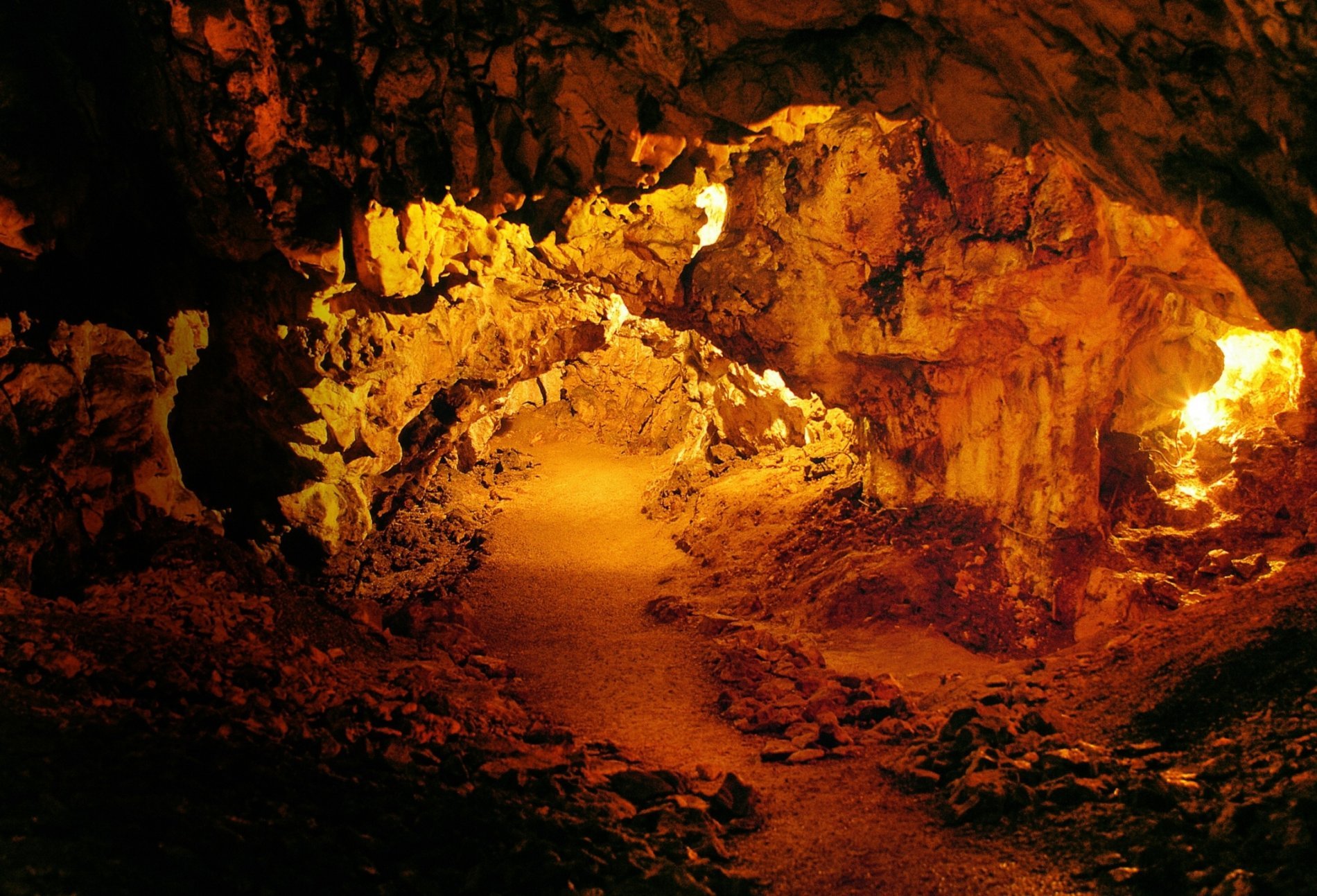BY THE ARCHAEOLOGIST EDITOR GROUP
The stones of the monument would have arranged the days of the week and the seasons
An archaeologist has recently suggested that Stonehenge may have served as a solar calendar, with each stone serving as a day and possible portions of the circle of stones serving as weeks.
An accurate solar calendar, which has 365.25 days on average, is crucial for ensuring that the seasons don't change abruptly (for example, by having winter in June). A leap day is added to the Gregorian calendar every four years to accommodate the quarter of a day. This calendar is still widely used today.
The 5,000-year-old structure's usage and purpose have baffled archaeologists, who have put forth a variety of theories. Some of these theories include the possibility that Stonehenge served as a burial site, a site for religious rituals, or a calendar.
Scholars have long recognized a Neolithic calendar in the colossal Stonehenge structure as proof of primitive time reckoning. The precise workings of such a calendar, however, are still unknown, as Professor of Archaeology at Bournemouth University in the United Kingdom and study author Timothy Darvill published a paper on March 1 in the journal Antiquity.
Using the calendar correctly
Darvill examined the numerology (the study of the meaning of numbers) of the stones themselves to ascertain how the Stonehenge calendar functioned. According to Darvill, Stonehenge formerly featured 30 massive "sarsen" stones that were connected at the top by 30 stone lintels, although some of these stones are now missing or have fallen over. The thirty stones would have stood for thirty days. Darvill noted that if you increase this by a year, you get 360 days.
10 stones were placed inside this Sarsen circle in groups of two, resulting in five pairs of stones that may have signified five additional days, providing a total of 365 days, according to Darvill.
This diagram shows how the Stonehenge calendar may have worked. (Image credit: Image courtesy Timothy Darvill)
Four additional "station stones," as archaeologists refer to them, are situated outside the sarsen circle. These four stones might have suggested that every four years, a day should be added to the calendar, creating a solar year of 365.25 days.
Darvill saw the sarsens and remarked that two of the stones in the circle, referred to by archaeologists as S11 and S21, are thinner than the other stones and also have a bigger space between them and the following stone than the other stones. These variations imply that Stonehenge's builders may have considered every tenth day to be significant, maybe denoting a fictitious "week," according to Darvill. According to Darvill, "the months are each divided into three weeks of 10 days."
Stonehenge was constructed to coincide with the winter and summer solstices, as has long been known by scholars; according to Darvill, this alignment would have made it easier for people to keep the right calendar. Individuals could see if the alignments happened when they were intended to in order to make sure they were keeping track of time correctly.
making of a calendar
Stonehenge was built sometime between 3000 and 2000 B.C. and modified over the years. According to Darvill, the parts of Stonehenge that appear to be a calendar were built between around 2620 and 2480 B.C. According to this chronology, Stonehenge was not initially constructed as a solar calendar.
People may have been more interested in the moon phases when Stonehenge was initially built, and over time, they may have been more interested in the solar calendar, according to Darvill. It is difficult to say why this transformation occurred since writing had not yet become widely used in Britain. Religions may have evolved to place a greater emphasis on the sun and its movements.
Darvill is unsure about the origins and purposes of this solar calendar. During the time Stonehenge was built, solar calendars were being developed in Mesopotamia and Egypt, he continued. The concept of the solar calendar might have made its way to Britain via long-distance trading routes, suggested Darvill. According to Darvill, it's also plausible that individuals in Britain created the solar calendar without being aware of comparable advancements in the Middle East.
The research was recently released, and it is unknown how other academics would react to it.





